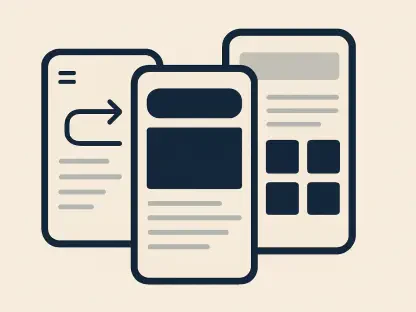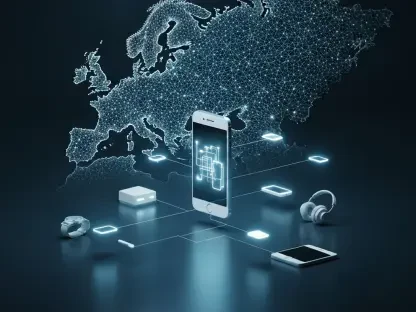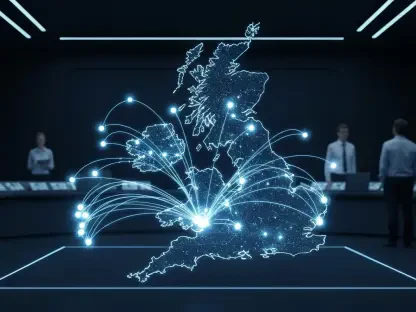In the wake of increasing hurricane activity, ensuring reliable communication during and after these natural disasters has become more critical than ever. T-Mobile has joined forces with SpaceX’s Starlink to fortify its network’s resilience, leveraging advanced satellite technology to keep communication lines open when terrestrial networks fail. This innovative alliance aims to combat the pervasive issue of network failures during severe weather events, promising a more dependable communication framework for emergency services and affected individuals alike. With this collaboration, T-Mobile and Starlink are setting a new standard in disaster preparedness and response, highlighting the essential role of advanced technology in safeguarding public safety.
Addressing Hurricane-Induced Communication Failures
Hurricanes often cause significant infrastructure damage, resulting in widespread communication blackouts that can last for days or even weeks. These outages not only hinder emergency response teams but also make it difficult for affected individuals to reach loved ones or emergency services, further exacerbating the crisis. To address this persistent problem, T-Mobile has integrated Starlink’s satellite capabilities into its network. By leveraging the robust satellite technology provided by SpaceX, T-Mobile aims to create a more resilient communication infrastructure that can withstand the devastating impacts of hurricanes and other natural disasters.
Jon Freier, President of T-Mobile’s U.S. Consumer Group, emphasizes that the partnership will enable continuous coverage, even in the most severe conditions. This capacity to maintain service during emergencies is expected to significantly enhance disaster response efforts, thus saving lives and facilitating more efficient crisis management. The ability to keep communication lines open can make a monumental difference in coordinating rescue operations, distributing essential resources, and ensuring that affected individuals can stay connected with their families. This collaboration stands as a critical step forward in mitigating the communication challenges posed by natural disasters.
Integrating Advanced Satellite Technology
The collaboration between T-Mobile and Starlink signifies a significant shift toward combining terrestrial and satellite networks to provide reliable communication solutions during emergencies. Starlink’s satellites will supplement T-Mobile’s existing infrastructure, offering an additional layer of security and reliability. By capitalizing on SpaceX’s ever-growing satellite constellation, T-Mobile ensures that even in areas where ground-based systems are knocked out, satellite connections can keep the communication flow uninterrupted. This technological integration is groundbreaking, as it paves the way for a future where satellite networks are not merely supplementary but integral to maintaining global communication standards.
This move is reflective of a larger industry trend toward the adoption of satellite networks to enhance terrestrial communication systems. Companies worldwide are increasingly recognizing the resilience that satellite technology offers, especially in scenarios where traditional infrastructure might fail. The partnership between T-Mobile and Starlink is a testament to this evolving paradigm, showcasing how advanced satellite technology can be seamlessly integrated with existing communication frameworks to provide comprehensive and reliable services. This initiative not only addresses immediate needs but also sets a precedent for future technological advancements in the telecommunications sector.
Enhancing Consumer Experience During Disasters
For consumers, the benefits of this partnership are manifold and extend beyond the immediate context of hurricane resilience. Having a reliable communication network during disasters fosters peace of mind, as individuals can stay connected with family, friends, and emergency services, regardless of the severity of the situation. This is especially crucial in remote or heavily impacted areas where traditional cellular infrastructure is more susceptible to damage. By ensuring continuous connectivity, the collaboration between T-Mobile and Starlink enhances the overall consumer experience, providing reassurance and security in times of crisis.
The promise of improved response times and effectiveness hinges on the enhanced communication capacity enabled by this partnership. With Starlink’s widespread satellite coverage, T-Mobile can ensure minimal disruption to communication services, thereby facilitating more effective coordination of relief and recovery operations. This enhanced communication capability is vital for emergency personnel, enabling them to allocate resources more efficiently and respond to crises more swiftly. Additionally, for those affected by the disaster, having an unbroken line of communication can be a lifeline, offering a sense of stability in the midst of chaos.
Broader Implications for the Telecommunications Industry
With the rise in hurricane activity, ensuring reliable communication during and after these natural disasters has become more crucial than ever. T-Mobile has partnered with SpaceX’s Starlink to bolster its network’s resilience by using advanced satellite technology, ensuring communication lines stay open when terrestrial networks fail. This pioneering partnership aims to tackle the common issue of network failures during severe weather events, providing a more dependable communication framework for both emergency services and those affected. Through this collaboration, T-Mobile and Starlink are setting a new benchmark in disaster preparedness and response. They emphasize the vital role of cutting-edge technology in protecting public safety. This initiative showcases how innovative solutions can enhance our ability to handle extreme weather conditions. By integrating satellite communications, they aim to maintain connection when it matters most, ultimately supporting efficient rescue operations and timely information dissemination. Their combined efforts highlight the necessary advancements in technology to safeguard communities during natural disasters.









